Introduction
The Indian Space Research Organisation (ISRO) has been at the forefront of India’s remarkable progress in space exploration and technology. ISRO was established on August 15, 1969, by Vikram Sarabhai. ISRO succeeded its predecessor organisation named Indian National Committee for Space Research (INCOSPAR), which was established in 1962. With its innovative and cost-effective approach, ISRO has accomplished numerous significant milestones, making India a prominent player in the global space community. In this blog post, we will delve into the top ten achievements of ISRO, highlighting the organization’s remarkable contributions to space science and technology.
1. Mangalyaan Mission: India’s Mars Orbiter Mission – 2014
In 2013, ISRO launched the Mangalyaan mission, also known as the Mars Orbiter Mission (MOM), with the objective of reaching Mars’ orbit. This groundbreaking achievement made India the first country in the world to successfully send a spacecraft to Mars in its very first attempt. The mission not only showcased India’s technical prowess but also demonstrated how cost-effective space exploration can be. With its low-budget approach, the Mangalyaan mission achieved what many thought was impossible.
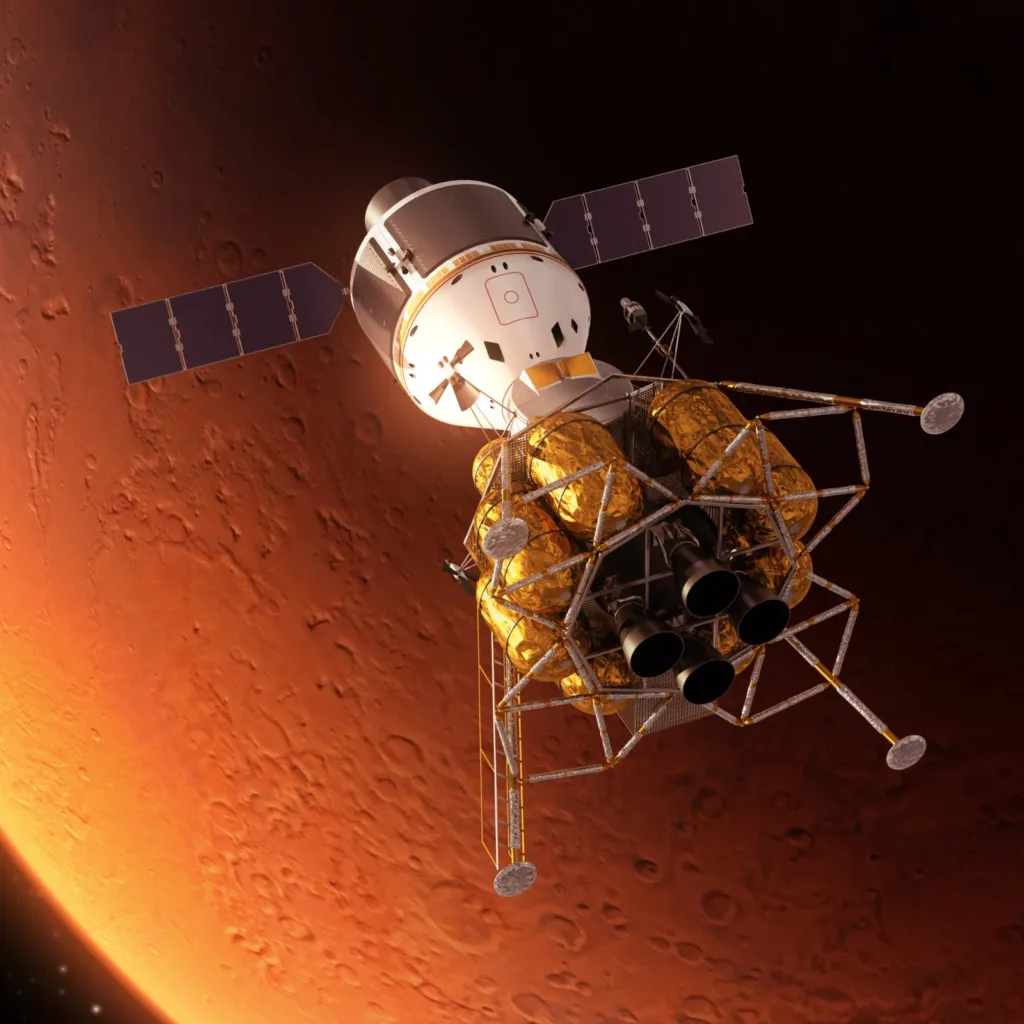
2. Chandrayaan: Discovering Water on the Moon – 2008
Chandrayaan-1, India’s first lunar mission, was launched by ISRO in 2008. This mission played a pivotal role in discovering and confirming the presence of water molecules on the lunar surface. The moon mineralogy mapper on board Chandrayaan-1 provided valuable data about the composition of the moon’s surface. This groundbreaking discovery revolutionized our understanding of the moon and paved the way for future lunar explorations. Chandrayaan-2 is the second lunar exploration mission, launched on 22nd July 2019, developed by the Indian Space Research Organisation (ISRO), after Chandrayaan-1. It consists of a lunar orbiter and formerly included the Vikram lander and the Pragyan rover, all of which were developed in India.

3. Chandrayaan-3: Soft Landing on the South Pole of Moon – 2023
Chandrayaan-3 is the third mission after Chandrayaan-2 to demonstrate end-to-end capability in safe landing and roving on the lunar surface. It launched on 14th July 2023 and successfully landed on the South Pole of the Moon on 23rd August 2013 under the excellent supervision of ISRO Chairman S. Somanath. With this India becomes the first country to achieve this. The soft landing of a rover on the lunar surface is the main goal of Chandrayaan-3. This will enable a number of experiments to better understand the Moon’s surface and subsurface properties.
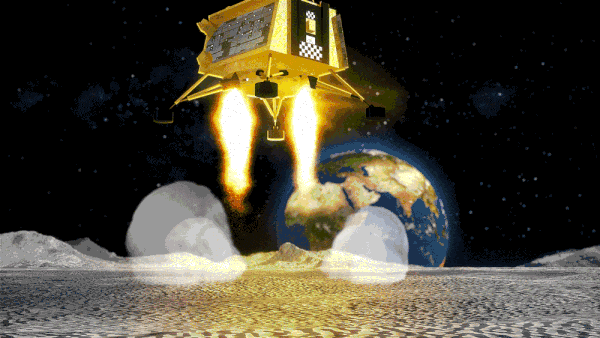
4. Successful Launch of 104 Satellites – 2017
ISRO has been instrumental in launching a series of Indian satellites for various applications, including communication, meteorology, and navigation. The successful launch of satellites such as INSAT, IRS, and NAVIC has not only strengthened India’s communication infrastructure but has also contributed to disaster management, weather forecasting, and resource planning. ISRO’s launch capabilities have reduced India’s dependence on foreign satellites and have boosted the country’s self-reliance in space technology.
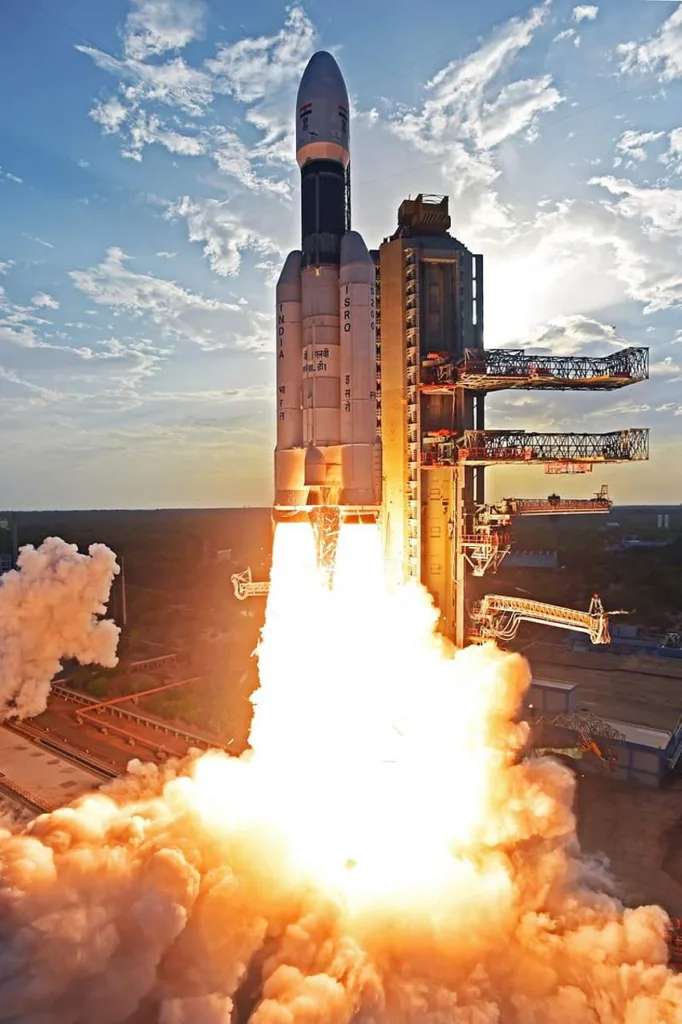
5. GSLV: India’s Geosynchronous Satellite Launch Vehicle – 2001
ISRO’s Geosynchronous Satellite Launch Vehicle (GSLV) has been a game-changer in India’s space program. GSLV has the capability to launch heavy communication satellites into geosynchronous transfer orbits. With its indigenous cryogenic engine, the GSLV has proved to be a reliable and cost-effective option for launching satellites. This advancement has positioned India as a major player in the commercial space launch market, significantly reducing the cost of satellite launches for various countries.
6. Reusable Launch Vehicle Technology Demonstrator (RLV-TD) – 2016
ISRO’s Reusable Launch Vehicle Technology Demonstrator (RLV-TD) project is a significant step towards developing an indigenous reusable launch vehicle. The RLV-TD, also known as the “winged” reusable rocket, is designed to bring down the cost of the space program. This is affordable and sustainable technology. This technology demonstration brings India one step closer to achieving its goal of reducing the cost of satellite launches.
NAVIC, India’s indigenous navigation satellite system, is a direct competitor to the Global Positioning System (GPS) of the United States. With a constellation of satellites in geosynchronous and geostationary orbits, NAVIC provides accurate positioning and timing services over the Indian subcontinent and surrounding regions. The NAVIC system has not only enhanced India’s strategic capabilities but also finds applications in terrestrial, aerial, and marine navigation.
8. Space Capsule Recovery Experiment (SRE) – 2007
ISRO’s Space Capsule Recovery Experiment (SRE) marked India’s foray into reusable spaceflight technology. The SRE was a significant achievement as it demonstrated India’s capability to recover an orbiting spacecraft safely. The experiment involved retrieving a space capsule containing valuable scientific data, which reentered the Earth’s atmosphere and was successfully recovered in the Bay of Bengal. The success of the SRE paved the way for future manned space missions in India.
9. Bacteria Species discovered by ISRO – 2009
Some Indian scientists from ISRO have detected three new types of bacteria in the upper stratosphere that are not seen on Earth and are extremely resistant to ultraviolet radiation.
The eminent astrophysicist Fred Hoyle inspired the name Janibacter Hoylei for one of the new species. The second bacteria has been given the name Bacillus Isronensis in honor of ISRO’s role in the balloon tests that led to its discovery, while the third bacterial species has been given the name Bacillus Aryabhata in honor of Aryabhata, a renowned ancient astronomer from India who also served as ISRO’s first satellite.
10. GSLV Mk-III: India’s Heavy Lift Launch Vehicle
ISRO’s GSLV Mk-III, also known as the LVM3 (Launch Vehicle Mark 3), is India’s most powerful launch vehicle to date. Capable of carrying heavier communication satellites, exploration spacecraft, and even a manned mission, the GSLV Mk-III is a significant technological advancement for the country. With this launch vehicle, ISRO has expanded its capabilities and has opened doors to more ambitious missions in the future.
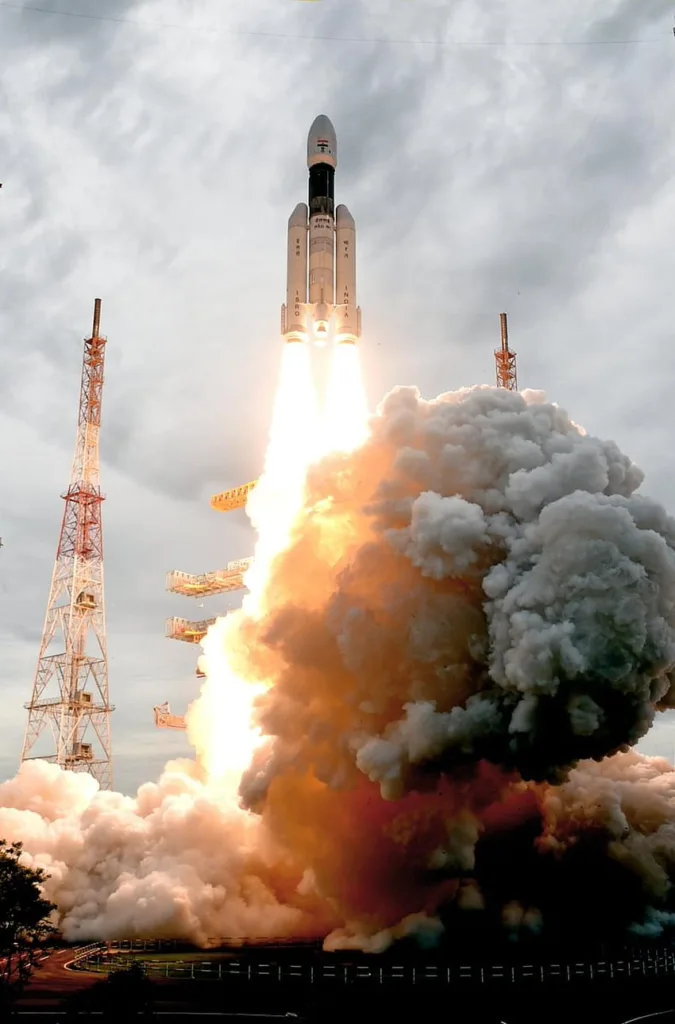
Conclusion
The achievements of ISRO are truly remarkable. From successful Mars missions to groundbreaking lunar discoveries, ISRO has proven itself as a global leader in space science and technology. Through its cost-effective approach, ISRO has not only propelled India to the forefront of space exploration but has also inspired future generations of scientists and engineers. ISRO’s hard work, dedication, and strong desire make them great players in Space exploration. There are many more missions planned by ISRO, that are lined up and set world records.
To find more information about the ISRO and ISRO’s achievements you can watch the below videos:
What is the full form of ISRO?
ISRO Stands for Indian Space Research Organisation
Founder of ISRO?
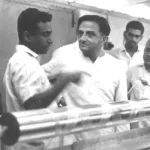
Dr Vikram A Sarabhai is considered the founding father of ISRO
When was iSRO formed?
ISRO was formed on August 15, 1969.
Please visit our blog for more valuable information like this. Thank you for your time.